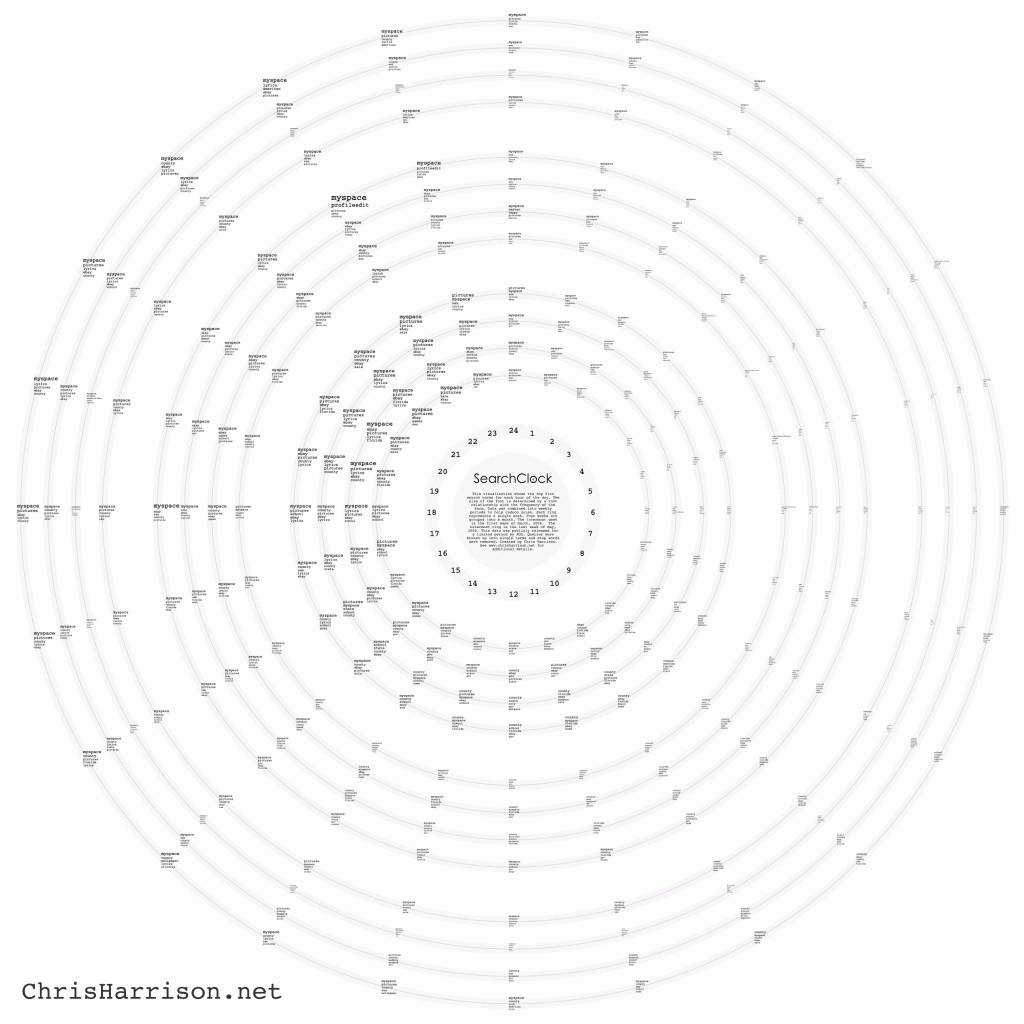https://www.vice.com/en/article/4x4p43/6-art-projects-prying-the-lid-off-online-privacy
I chose the article showcasing 6 Art Projects Prying The Lid Off Online Privacy. I think vice did a good job of curating art pieces to showcase, and they referenced a good south park episode as well which I appreciated. The first piece was a browser extension that sets off an alarm everytime information gets sent to google called the google alarm. I think that’s pretty clever and is an interesting check in for when the system is keeping an eye on you, which is always. The other project that stood out to me was called My Little Privacy by Niklas Roy. He created a motorized curtain that covered a small portion of his street window display, and tracked people as they walked by. I thought it was an interesting metaphor, the idea of false privacy in the modern era. I mostly like the personality it has, it looks like it would be a lot of fun to pass by and it somewhat takes on a life of its own.
![[OLD SEMESTER] 15-104 • Introduction to Computing for Creative Practice](../../wp-content/uploads/2023/09/stop-banner.png)

